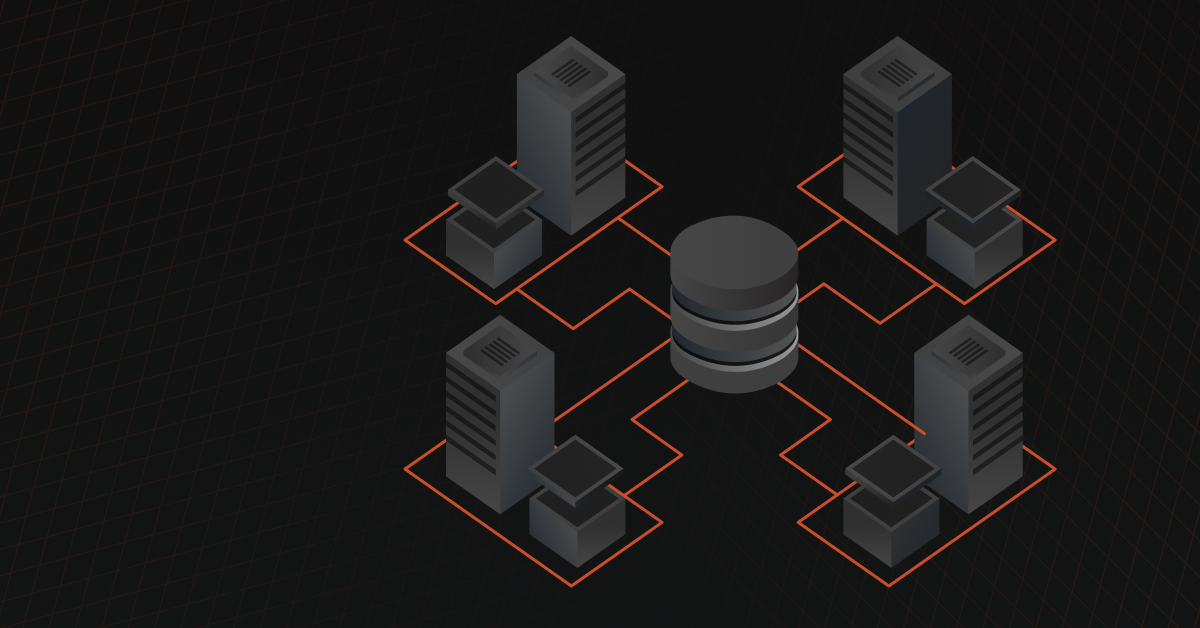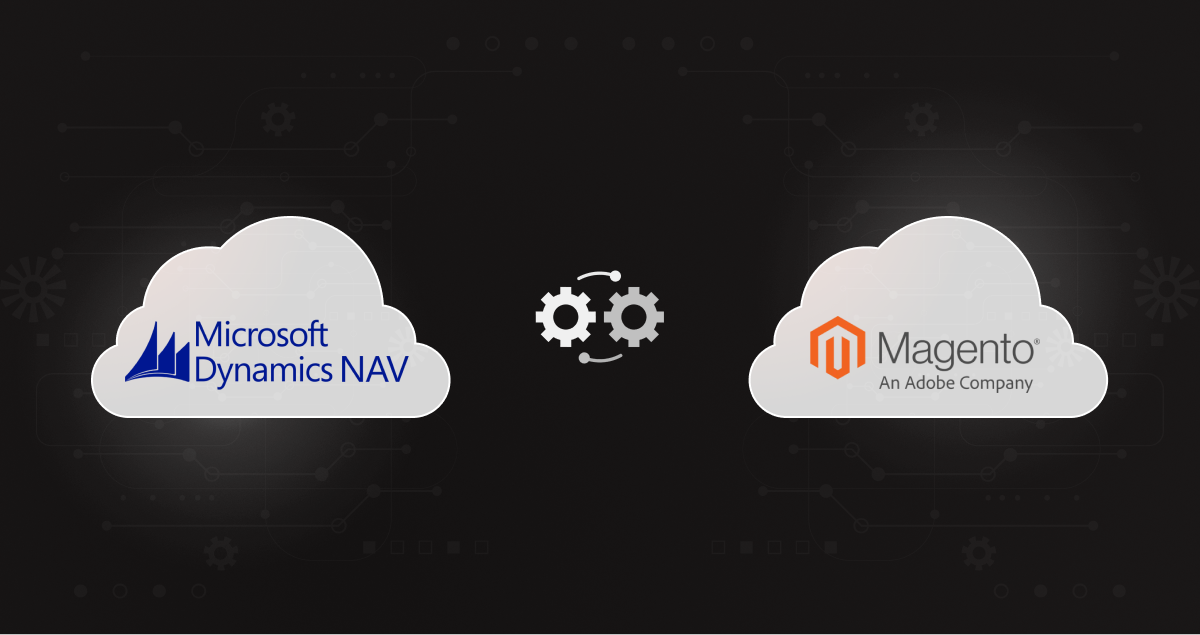HubSpot and Microsoft Dynamics offer excellent compatibility for those looking to synchronize advanced CRM functionality with a leading ERP system. Their powerful two-way integration ensures that your sales and marketing teams work in perfect harmony.
With Microsoft Dynamics HubSpot Integration, you can ensure real-time data consistency between the platforms and save a lot of time and effort.
Methods of Integration
There are two main ways to integrate HubSpot and Microsoft Dynamics:
1. Native Integration: This method involves your technical team directly connecting HubSpot platform and Microsoft Dynamics through their respective applications, such as Microsoft Power Apps and the HubSpot App Marketplace, using APIs. This creates a direct, point-to-point connection between the two systems, enabling seamless data flow.
2. Third-Party Integration Solution: In this case, you use a middleware iPaaS solution, such as DCKAP Integrator, that deals with all the technical complications, allowing you to channel your focus into other more important areas of concern. The integrators possess relevant expertise and experience in the software application concerned and offer tailor-made solutions specifically for your requirement.
Also read: Understanding HubSpot NetSuite Integration
What Can You Sync Between HubSpot and Microsoft Dynamics?
Data that you can sync between Microsoft Dynamics and HubSpot are:
Contacts
Transfer contacts from HubSpot to Dynamics using any specific contact property, and ensure data is synchronized in real-time. Utilize the company object sync feature for B2B scenarios. You have the flexibility to designate either HubSpot or Dynamics as the primary system of record or choose a bidirectional data sync.
Deals & Opportunities
Effortlessly update HubSpot with sales opportunities from Dynamics. With a unified dashboard view, you can grasp the status of opportunities in HubSpot within minutes. This integration facilitates closed-loop reporting between your marketing and sales teams.
Engagement Activities
Easily synchronize engagement activities from HubSpot to Microsoft Dynamics 365. This allows you to obtain valuable insights about critical data throughout your organization.
Marketing Analytics
Swiftly produce an essential webpage, email, and campaign data to be displayed in Microsoft Dynamics 365. This provides the ultimate flexibility to convert marketing analytics into actionable insights.
What to Expect with Microsoft Dynamics HubSpot Integration
Here are the top features of HubSpot-Microsoft Dynamics integration
- Two-Way Data Sync: Keep both HubSpot and Microsoft Dynamics 365 updated by syncing new and existing records, along with any changes. Sync leads, contacts, accounts, opportunities, products, and other information between Microsoft Dynamics 365 and HubSpot. Use Operations Hub Starter or Professional to set up your field mappings the way you want or use the out-of-the-box defaults.
- Create Sales Orders in Microsoft Dynamics 365: Easily create orders in Microsoft Dynamics 365 with the most important details required, enabling smooth sales processes without leaving HubSpot. You can automatically do it with a deal workflow or manually through a deal record.
- Custom Field Mappings: Operations Hub Starter or Professional plans offer custom field mappings, giving you the flexibility to create your own mappings or modify the default ones to suit your needs.
- Close the Loop Between Marketing and Sales: Use information from Microsoft Dynamics 365 opportunities, leads, contact details, and accounts to personalize marketing emails, segment your database, or send emails on behalf of a lead’s sales rep, ensuring alignment between your marketing and sales teams.
- HubSpot Embedded in Microsoft Dynamics 365: Access HubSpot tools directly within Microsoft Dynamics 365. The HubSpot embed feature lets you view HubSpot contact, company, and deal records, and enroll these records in workflows without leaving Microsoft Dynamics 365.
Also read: The 2024 Guide to Microsoft Dynamics Integration For Distributors
Benefits of Microsoft Dynamics HubSpot Integration
Here’s how you can benefit from Microsoft Dynamics HubSpot Integration
Easy to Use and Deploy
HubSpot Dynamics Integration can be used in the cloud or a hybrid cloud setup. It’s simple to control and install based on your budget and infrastructure. Because both HubSpot and Microsoft Dynamics 365 are cloud-based, this integration is ideal for companies with a BYOD (Bring Your Own Device) policy. Employees can easily access their apps from Outlook, a web browser, or any mobile device.
Fully Integrates with Microsoft Products
HubSpot Dynamics Integration neatly merges with other Microsoft products, such as the full suite of Microsoft Office 365. This allows companies to switch smoothly between Microsoft Dynamics 365, Outlook for communication, Power BI for data analytics, and SharePoint for documentation.
The ease of navigation between apps means reduced time for employees in moving data around and learning new platforms.
Reduced Sales Cycle
Through the use of HubSpot Dynamics Integration, sales teams get quick access to valuable customer information, whether they are in the field or in the office.
Your team can respond quickly and provide information without any delays. Companies gain a complete view of each prospect’s journey, enabling more targeted sales efforts.
Customizable
HubSpot Dynamics Integration comes with a variety of modules and built-in workflow tools that you can use to automate tasks across Sales, Marketing, Customer Service, Field Service, and Project Service.
You can adjust workflows to fit your needs, define additional fields, and create new items within the system. Its flexible structure, deployment options, and pricing levels allow you to tailor the platform to your budget, team size, and key performance indicators (KPIs).
Enhanced Customer Service Experience
Microsoft Dynamics HubSpot Integration gathers extensive valuable data on each client. It analyzes which websites people visit, how they interact with brands, which groups they belong to, and more.
The Business Intelligence (BI) tool can also identify customer sentiments, buying patterns, and brand loyalty. This helps customer service reps handle each interaction personally, providing personalized solutions without missing a beat.
Scalability
HubSpot Dynamics Integration can easily scale up or down based on your current team size, budget, and workload.
Increased Productivity
Employees can access nearly any type of data they need with Microsoft Dynamics HubSpot Integration, which helps them work more efficiently and reduces downtime spent searching for information.
They can make more, better-informed decisions and have all tools and insights at their disposal with everything they need at one place.
Connect Microsoft Dynamics with HubSpot Using DCKAP Integrator
As one of the top ERP integration tools for distributors, DCKAP Integrator offers an intuitive, low-code solution to connect your CRM and ERP platforms. It largely reduces time and resources used to keep your systems synchronized by simplifying the data sync between Microsoft Dynamics and HubSpot.
The integration adds on to productivity as it ensures your sales and marketing teams are provided with precise, current information to make appropriate and effective decisions. Focus on expanding your business while DCKAP Integrator does all the hard work of data synchronization.
Schedule your demo now! or go through our interactive product tour.
FAQs
How does the Microsoft Dynamics HubSpot integration help users?
The integration supports users in having a seamless experience. This is done by synchronizing data between the two platforms. As a result, the information provided is updated, with minimal manual entry of data. This integration further fosters better collaboration between the sales and marketing teams.
What are the things to be taken care of before the integration process is set up?
Some of the best practices that can be considered are data mapping, the volume of data to be synced, and any specific customization requirements. Also, it is necessary to check that both systems are properly configured to undergo the entire process of integration.
What are the actions that can be automated with the Microsoft Dynamics-HubSpot integration?
The following are some of the types of actions that can be automated with the Microsoft Dynamics and HubSpot Integration:
1. Lead Management
2. Synchronization of contact data
3. Updating sales orders
This way, it helps to streamline the process, thus improving the efficiency of the operations of all business performances. Leads captured in your HubSpot account are easily and automatically synced with Microsoft Dynamics so that your sales team can take action quickly on new opportunities. This way, the cracks leading to a big loss are saved, and a follow-up process is consistently followed.
What are all the apps supported in Microsoft Dynamics that can be integrated with HubSpot?
Some examples of the Microsoft Dynamics Apps that can integrate with HubSpot are Microsoft Dynamics CRM (customer relationship management), Microsoft Dynamics 365, Microsoft Dynamics GP.
Contents




